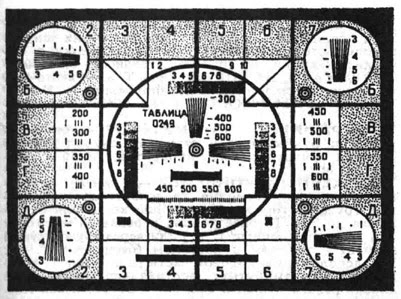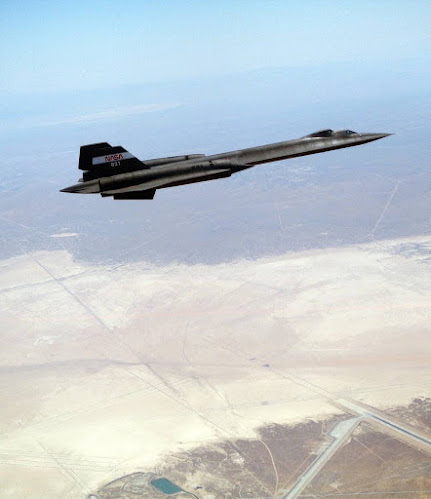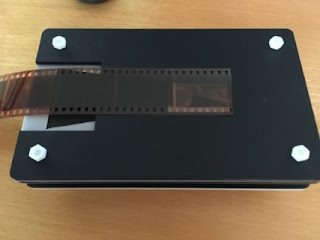New 35 mm Targets are Ready and Available for Shipment

New batch of targets has finally came into the being. Few improvements are worth noting - first one is the set of four Siemens stars to help with the focusing and the second new feature - "in-picture" resolution chart , so you may assess the film scanning resolution right away ( though I don't recommend to delve into resolution too much as there are many other factors which affect film scans quality). The chart below is now incorporated into the image so one can assess resolution without looking up for USAF 1951 numbers Here is the actual scan of a frame during the development. Valoi 135 holder, Schneider-Kreuznach 5.6/100 mm lens at F11, Canon EOS R.









